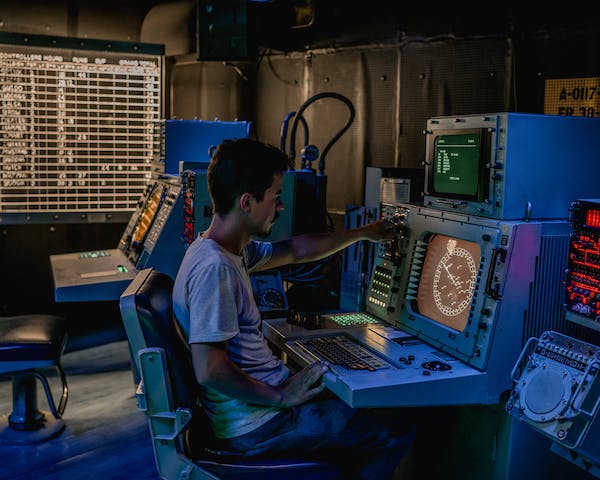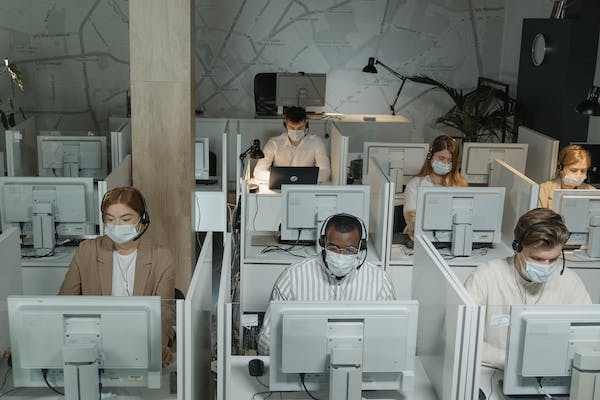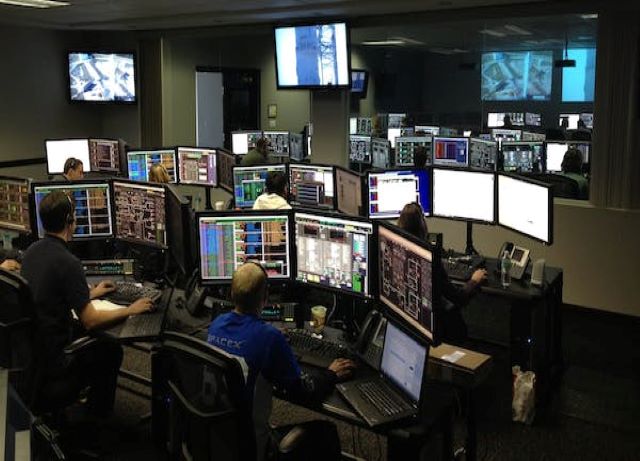The control room is the backbone of many organizations, providing a centralized location for monitoring and controlling essential systems, processes, and operations. As technology has advanced, control rooms have become increasingly sophisticated, and are now used in a wide range of industries, including manufacturing, transportation, energy, communications, and security. If you want to know more about control rooms, here are some of the things you should learn about their importance, their use, and the benefits they can provide to organizations. You will also learn all about the technology behind control rooms and the future trends that are shaping their evolution, as well as some key considerations for organizations looking to implement a control room.
What are control rooms?

Control rooms are spaces that are specifically designed to provide real-time information and support to operators responsible for managing critical systems and processes. They are equipped with the latest technology, including computer systems, displays, communication systems, and other specialized equipment, to help operators monitor and control essential operations. Control rooms are typically staffed around the clock by trained professionals who are responsible for making informed decisions and taking necessary actions to keep operations running smoothly.
When to use control rooms
These rooms are most commonly used in industries that require constant monitoring and control of critical systems, such as manufacturing, transportation, energy, and security. In these industries, control rooms help to ensure that operations are running efficiently, effectively, and safely. They are also commonly used in emergency response situations, where quick and accurate information is essential. For example, control rooms are often used by law enforcement agencies to monitor public safety and respond to emergencies.
The technology behind control rooms

All around the world, control rooms are equipped with a range of technologies to support their operations. These include computer systems, displays, communication systems, and versatile control room consoles that help you do everything you need to do in no time at all. In addition to this, control rooms often use software applications to collect, analyze, and display information. Some of the most common software applications used in control rooms include geographic information systems, asset management systems, and security systems. As technology continues to advance, the role of control rooms will continue to evolve, incorporating new technologies such as artificial intelligence and machine learning to automate routine tasks and support decision-making.
Benefits of control rooms
The benefits of using control rooms are many and varied. By centralizing monitoring and control operations, control rooms make it easier for organizations to manage their systems and processes, which can lead to increased efficiency and productivity. Control rooms also provide real-time information, allowing operators to make informed decisions and respond quickly to changing conditions. Additionally, control rooms can enhance safety by providing a centralized location for monitoring critical systems, reducing the risk of human error and increasing response times in emergency situations.
Key considerations when implementing a control room
If you’re considering implementing a control room, there are several key considerations to keep in mind. Firstly, you should assess your organization’s needs and determine what systems and processes need to be monitored and controlled. Next, you should consider the technology you’ll need to support your operations, including computer systems, displays, communication systems, and software applications. Finally, you’ll need to consider staffing and training requirements, as well as the ongoing maintenance and support needed to keep your control room running smoothly.
The future of control rooms

Considering all these things, it’s safe to say that the future of control rooms is bright, with advancements in technology leading to new and improved ways of monitoring and controlling critical systems and processes. Virtual and augmented reality technologies will likely make it possible for operators to experience and interact with critical systems and processes in new ways, while the trend toward digital transformation and the increasing use of IoT devices will lead to an even greater reliance on control rooms to manage complex systems and processes. Additionally, the incorporation of artificial intelligence and machine learning will likely automate routine tasks and support decision-making, making control rooms even more effective and efficient.
Control rooms are essential to many organizations, providing real-time information and support to the operators responsible for managing critical systems and processes. With advancements in technology, control rooms have become increasingly sophisticated, offering numerous benefits, including improved efficiency and a better decision-making process.
